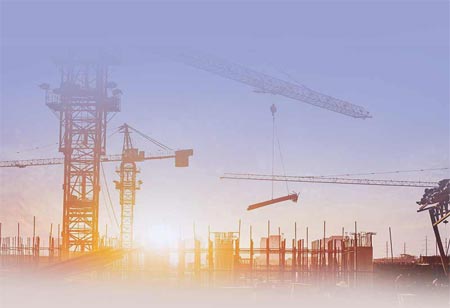Thank you for Subscribing to Construction Business Review Weekly Brief
Specials
- Apartment and Condominium Contractors Canada
- Decking Canada
- Architectural Glass Europe
- MEP APAC
- Construction Saudi Arabia
- German Apartment and Condominium Contractors
- Construction Law APAC
- Outdoor Construction
- Foundation Construction Canada
- MEP Canada
- Kitchen and Bath
- Cold Storage Construction APAC
- Precast Concrete Europe
- Construction Staffing Europe
- Pre-Construction Services
- Flooring System APAC
- Scaffolding Canada
- Swimming Pool Construction Canada
- Construction Management Canada
- Cold Storage Construction Canada
- Flooring Systems Europe
- Residential Construction
- Concrete Canada
- Construction Cladding Europe
- Construction Cladding APAC
- Concretes, Aggregates and Construction Materials APAC
- Concretes, Aggregates and Construction Materials Europe
- Commercial Contractors Europe
- Commercial Contractors APAC
- Dummy
- Construction Insulation, Coating and Waterproofing
- Construction Management APAC
- Landscaping Canada
- Construction Coating Europe
- Construction Tech Startups Europe
- Insulation Services Europe
- Mechanical Contractor Canada
- Mould Remediation and Testing Europe
- Swimming Pool Construction APAC
- Building Sealing Solutions Europe
- Construction Engineering Services
- Mechanical Electrical and Plumbing
- Roofing Systems Europe
- Architectural Glass APAC
- Startups APAC
- Construction Forensic and Owners Representative
- Flooring System
- Waterproofing APAC
- Wall Systems
- Safety and Compliance Europe
- Construction Bidding and Auctions
- Modular and Prefab Construction
- Architectural Glass
- Construction MENA
- Construction Demolition and Recycling Europe
- Modular Construction Europe
- Construction Interiors
- Steel Building APAC
- HVAC
- Doors and windows
- Construction Latam
- Building Information Modeling APAC
- Sustainable Construction APAC
- Building Restoration and Maintenance
- Commercial Contractors
- Specialty Construction
- Construction Engineering Canada
- Construction Engineering MENA
- Modular Construction Canada
- Modular Construction APAC
- Roofing and Siding Systems
- Workforce Management and Staffing
- Roofing Systems APAC
- Construction Consulting
- Steel Building Europe
- Construction Demolition and Recycling APAC
- Safety and Compliance APAC
- Concretes, Aggregates and Construction Materials
- Construction Cladding
How Regulations and Incentives Drive Sustainable Construction in APAC
The Asia-Pacific (APAC) region is witnessing a notable increase in green building initiatives spurred by urbanization and climate change challenges.

By
Construction Business Review | Thursday, April 11, 2024
Stay ahead of the industry with exclusive feature stories on the top companies, expert insights and the latest news delivered straight to your inbox. Subscribe today.
Due to urbanization and climate change, the Asia-Pacific region is promoting green building initiatives and sustainable practices through regulations, incentives, and technological advancements.
FREMONT, CA: The Asia-Pacific (APAC) region is witnessing a notable increase in green building initiatives spurred by urbanization and climate change challenges. This surge reflects a growing adoption of sustainable construction practices, propelled by stringent regulations, fiscal incentives, and heightened awareness of environmental stewardship.
Green building projects in the region necessitate careful attention to various legal considerations:
Firstly, adherence to building codes and standards is imperative. There is a growing trend towards mandatory compliance with energy efficiency and sustainability standards. Developers must remain vigilant about evolving regulations to ensure their projects meet the required criteria.
Secondly, Environmental Impact Assessments (EIAs) often play a crucial role. Depending on the scale and location of the project, EIAs may be obligatory in evaluating potential environmental impacts and securing necessary approvals. Thus, developers must be prepared to undertake these assessments as part of the legal process.
Thirdly, material selection and sourcing are under increasing scrutiny. Regulations about sustainable materials and responsible sourcing practices are gaining traction. Developers must verify that their materials comply with these regulations to avoid legal complications.
Finally, waste management poses a significant challenge. As concerns over construction and demolition waste escalate, legal requirements regarding waste segregation, recycling, and disposal must be carefully considered and integrated into project planning.





